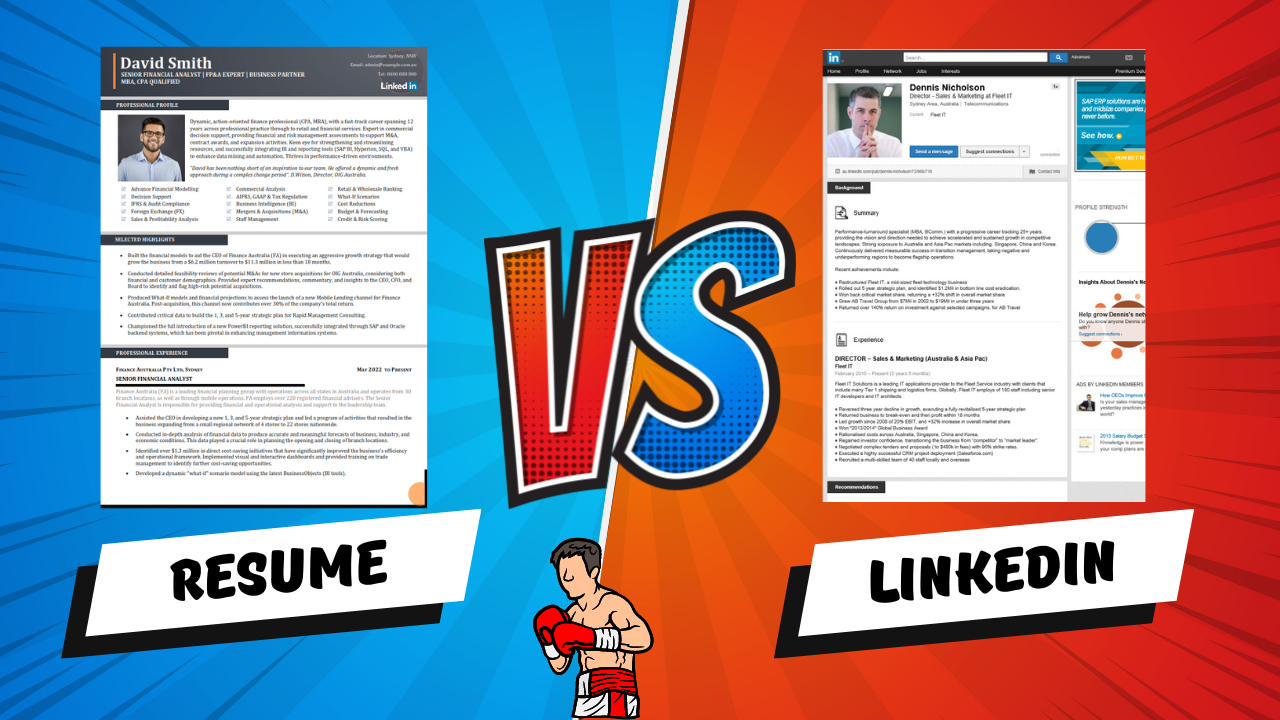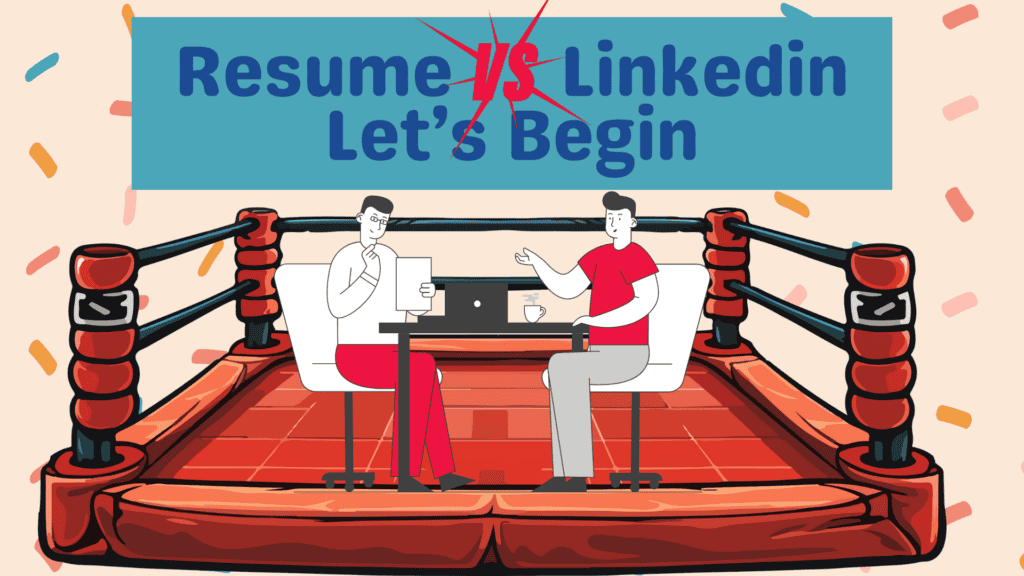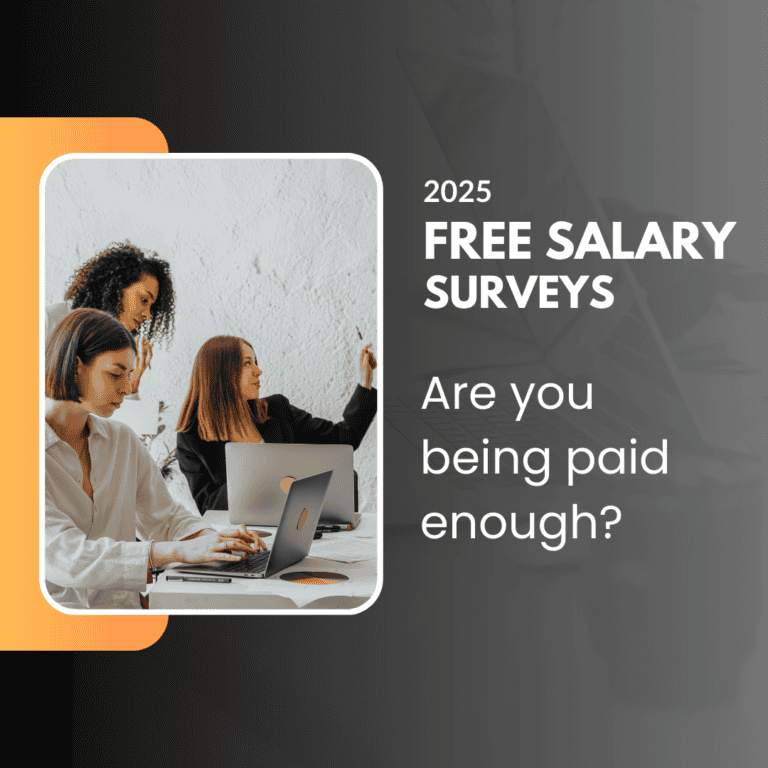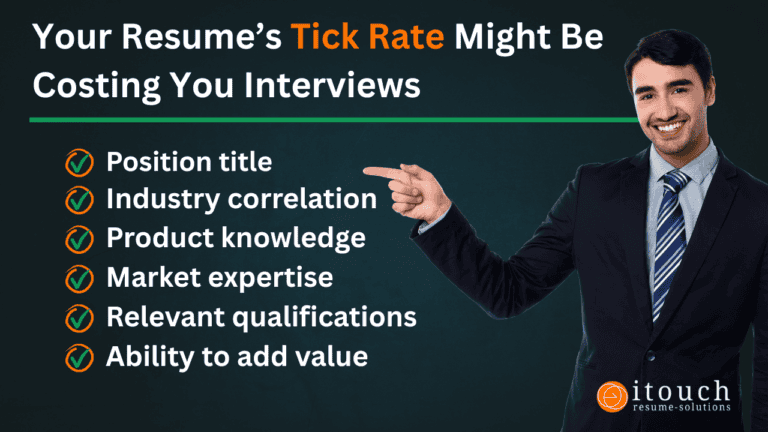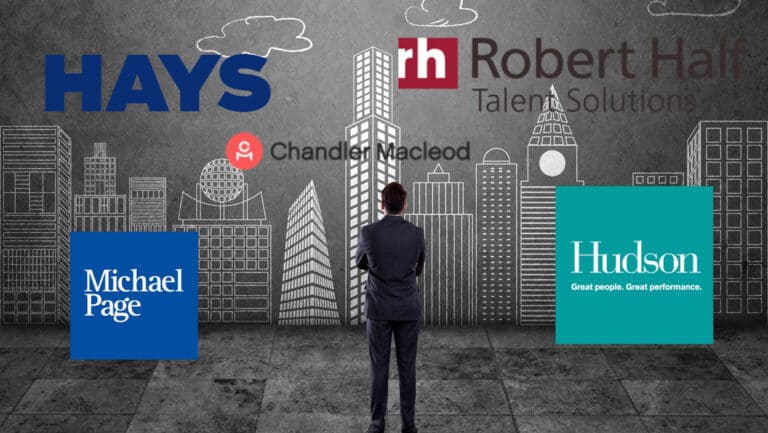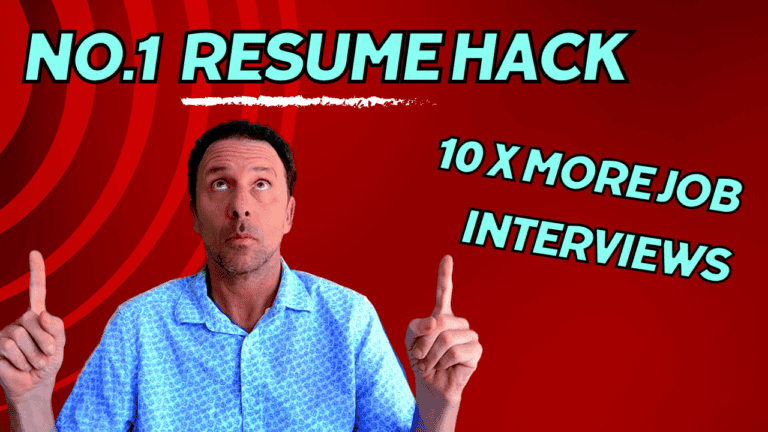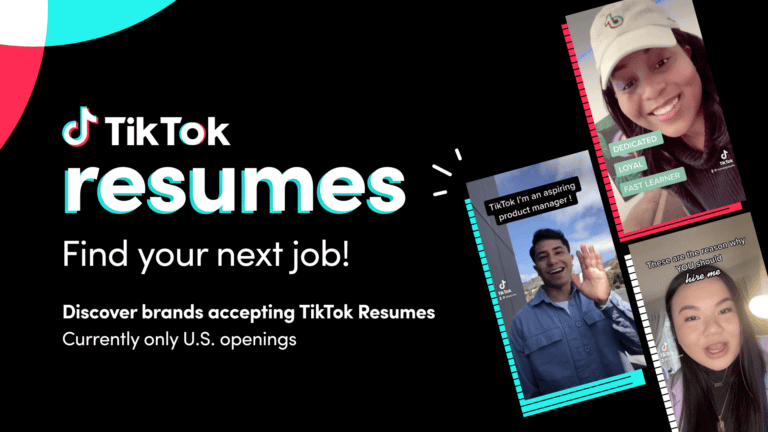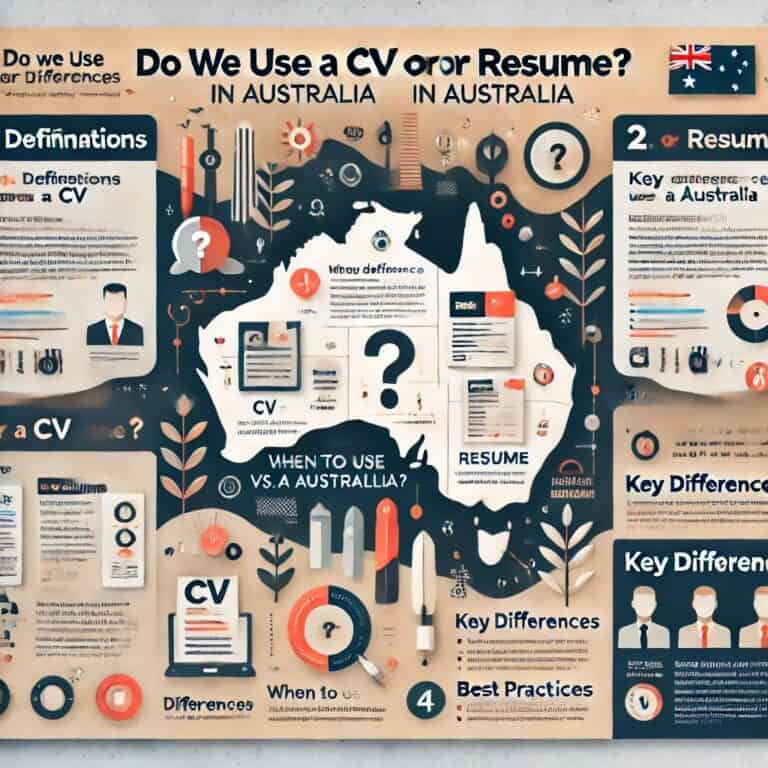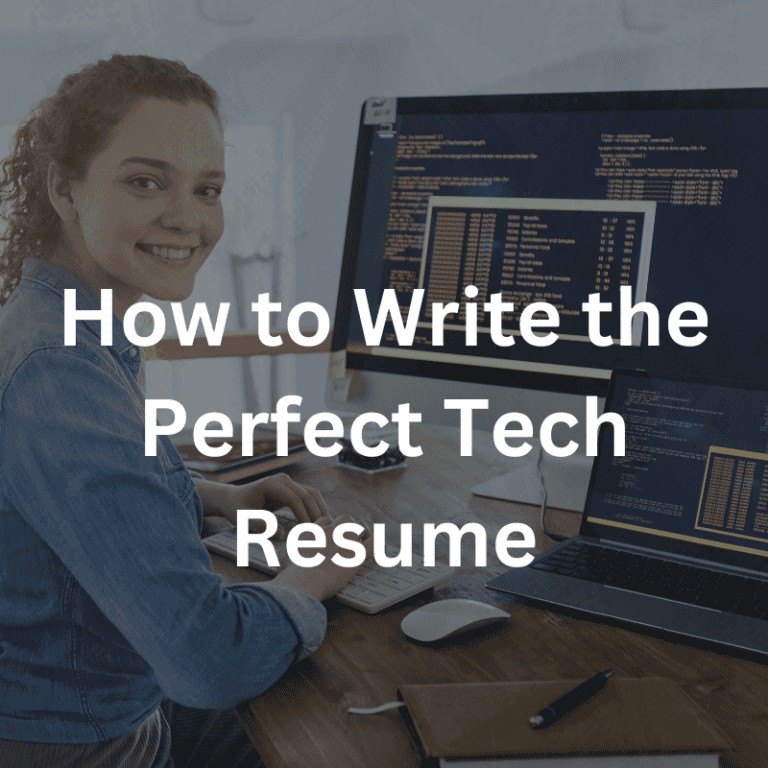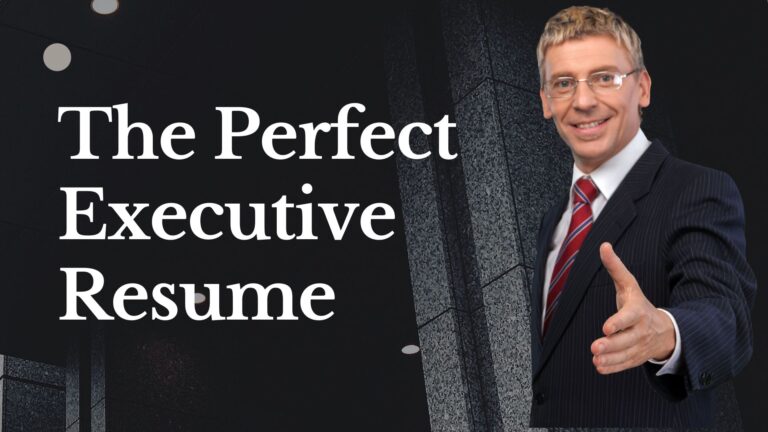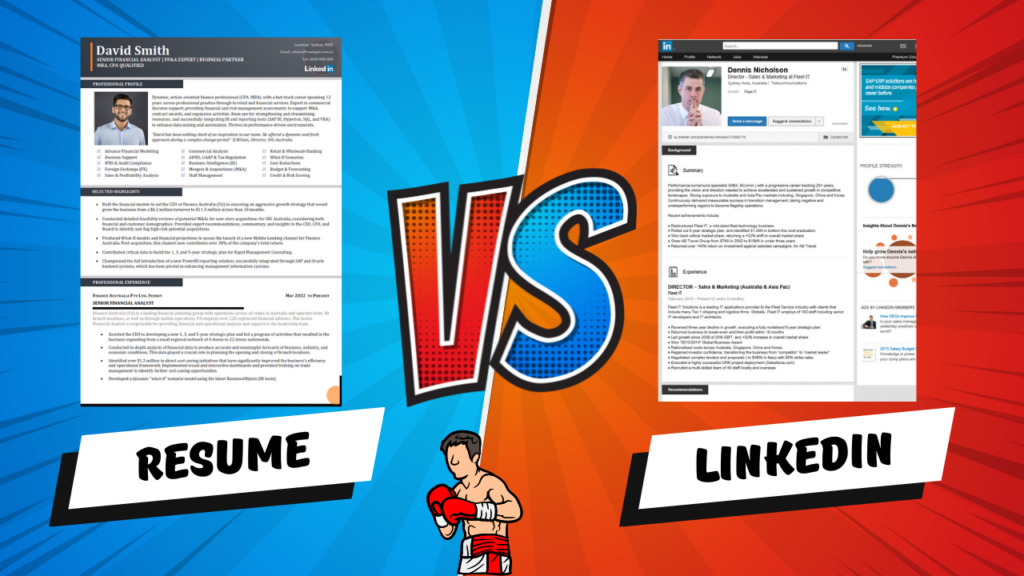
LinkedIn vs Resume: What’s Best for the Job Seeker?
With LinkedIn becoming more and more integrated into everyday recruitment, is it worth ditching your resume for a shiny new LinkedIn profile?
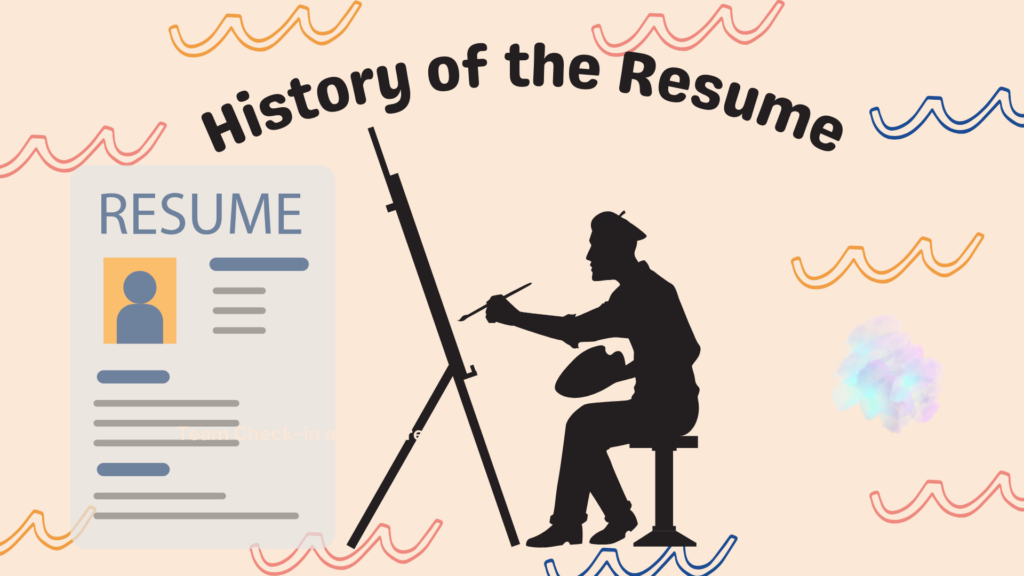
The History of the Resume
The humble resume traces its roots back hundreds of years, with Leonardo da Vinci penning the first documented job application (Resume) when applying for an engineering role in Milan in 1482. Surprisingly, he didn’t land that role (unlikely to have happened if I’d been around to craft his resume!), and I guess there’s no hard feelings between Leonardo and the prospective employer.
Fast forward to the 1990s, and job seekers were still diligently typing their Resume/CV on paper. A time-consuming and arduous task that was only helped by the use of photocopiers.
The Digital Evolution of the CV/Resume Format
With the advent of the digital age, the resume underwent a modest transformation, transitioning from hard copy printouts to Word/PDF documents. But despite technological advancements since MS Word was first launched 40 years ago, and with tools ranging from next-gen PDFs to interactive HTML on offer, the resume has largely remained a static document.
Yes, these documents are way better presented than any of their predecessors (depending on who you talk to), but they still lack clickable options and interactive engagement. What’s more, the resume remains in a static format, and until such time new software offers greater interactivity with the document, it’s unlikely we will see any dramatic changes anytime soon.
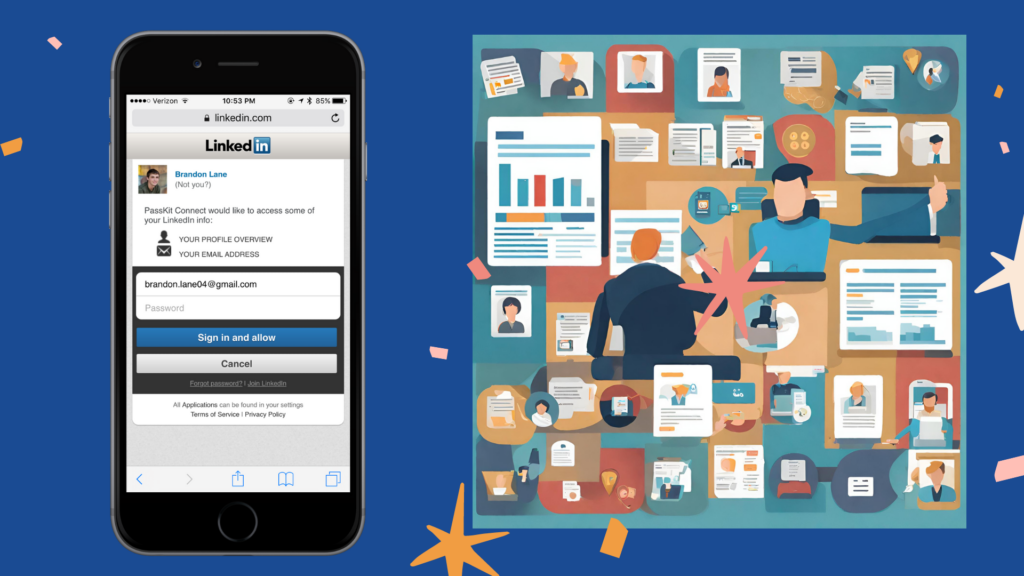
The Rapid Rise of LinkedIn
From a start-up operation in 2003, to over 750 million users globally, LinkedIn has rapidly grown to be the No.1 Professional Social Platform and has become the ultimate industry game-changer. With the ability to deliver a fully interactive profile, allowing job seekers to showcase not only their work history but also their projects, achievements, portfolios, and their connections, it’s a complex program but is also simplistic in its user interface (UX).
Furthermore, the end-user can share their profile and interact with professionals, businesses, and forums alike. It’s not hard to see why it’s so popular with job seekers and employers alike.
Need Help from a Professional LinkedIn Profile Writer?
Are There Other Options to LinkedIn?
If you are tech-savvy, you will find platforms such as GitHub a unique opportunity to network with other tech professionals and is an ideal stop for developers. You can easily collaborate with other professionals on projects, make new connections, and even share code. It’s a great platform, but there is a learning curve and while you can uncover job opportunities, it’s not as clear-cut and easy to use as LinkedIn.
Outside of this, there really isn’t that many websites that offer anywhere near the level of interactivity LinkedIn can provide for the job seeker. There are other job boards that are opening up new forums and ways users to connect with others, but much of this is offshore and in Australia, these firms have yet to build up any strong presence.
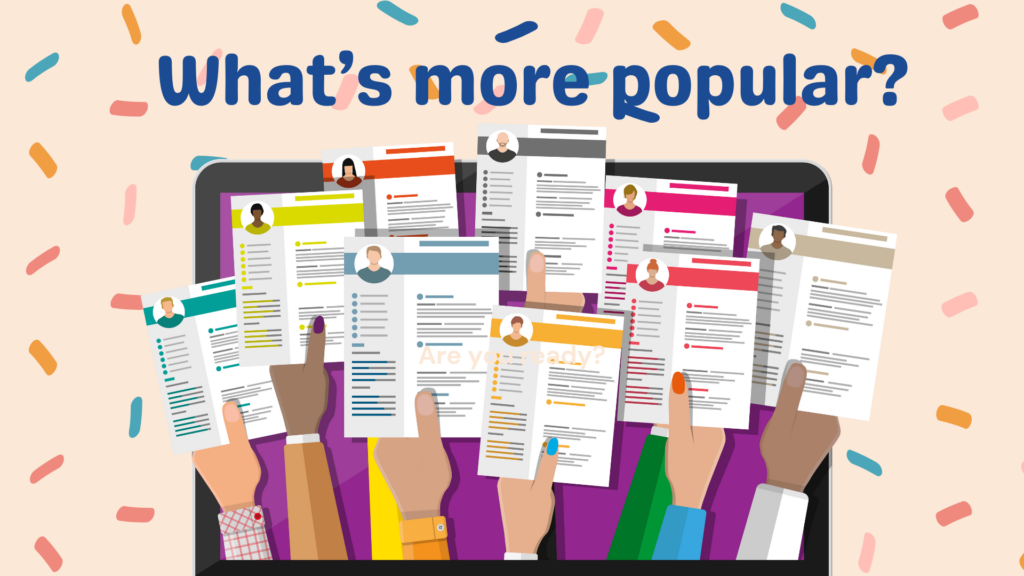
But Has LinkedIn Taken Over from the CV/Resume?
Not quite! LinkedIn has definitely embedded itself as a leading professional networking platform and has absorbed upwards of 5-10% of the job advertising market.
But has it forced users to step away from using Resumes?
In some situations, yes, but in many cases, no. LinkedIn has recognised the need to maintain a standard resume format that is downloadable, hence why they offer both the LinkedIn account owner and viewers to “download a profile.”
Why Did LinkedIn Introduce a CV/Resume Download Option?
We can only presume that LinkedIn settled on a downloadable format for the user profile, recognising the need for a static document to share and distribute. Thus, they aim to offer users the best of both worlds. However, the LinkedIn downloadable resume is notably basic and underwhelming. As a convenient workaround, you have the option to attach your own resume. It’s crucial to keep in mind that by attaching your resume, you are also sharing this information with the general public.
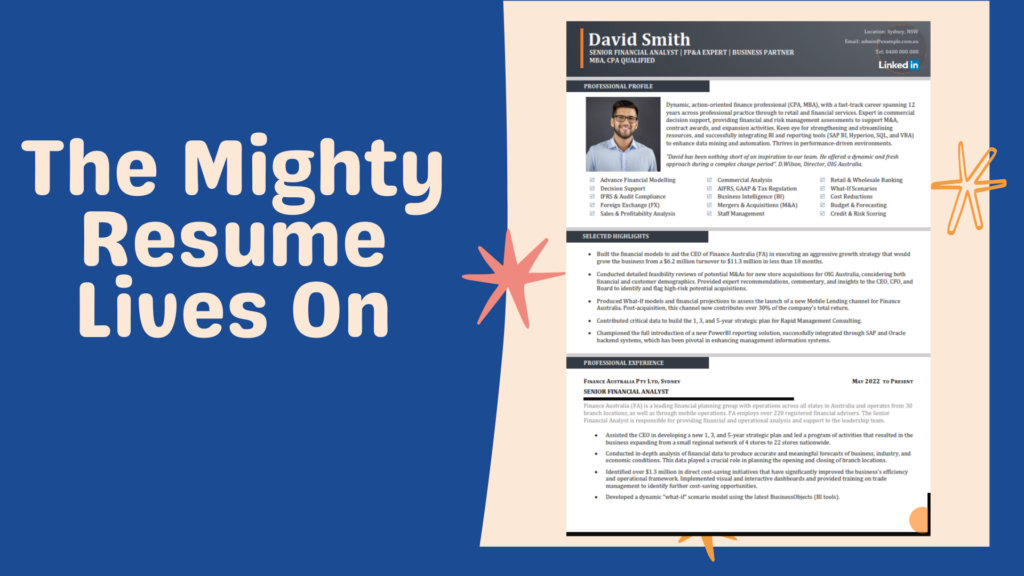
So, Is the Traditional Resume/CV Obsolete?
Surprisingly, not at all.
The enduring appeal of the traditional resume lies in its simplicity. Whether in PDF, Word, or Pages format, the familiarity of a 2/3 Page Resume offers great appeal. Being able to open a document without navigating through multiple tabs and being able to distribute and compare static documents is easier for the human mind to take.
Introducing extra steps, such as clicking through various pages, extends the time a recruiter or employer spends on each application, which simply isn’t feasible if you have 100 to 200 applications to work through.
The Impact of AI on the Recruitment Industry – CVs, Resume, and LinkedIn?
There is always change. AI is advancing at an unprecedented pace, so it’s hard to know what’s around the corner. We’ll likely see something a little more interactive, such as the re-emergence of video introductions (although this has been trailed by LinkedIn, but never really took off). Anticipate ATS (applicant tracking software) reaching new heights with the advent of ATS 2.0 and 3.0, fully integrated with AI. This integration between AI & ATS will likely revolutionise how employers discover, filter, and interact with candidates, not just through their CVs but also through their online actions.
Therefore, now more than ever, we strongly recommend enhancing your LinkedIn profile with recommendations and referrals, keeping your resume up to date, and strategically cross-branding content with your LinkedIn profile. These actions will emit social and content signals that can significantly elevate your profile in the evolving recruitment landscape.
HEAD TO HEAD – Who Wins
Round 1) Building Your Content
Winner – LinkedIn
LinkedIn reigns supreme in the battle of content creation. It’s like building a Lego house, it’s easy, straightforward, and forgiving. All the boxes are set up for you to populate, we just one format making it a breeze to work with.
Round 2) Recruiter Friendly
Winner – Resume
Despite all the negativity you may hear, their beloved red resume is still the recruiters guilty pleasure. Sure, both options are easy to skim through, but there’s something about the simplicity of a neatly packaged document.
Round 3) Networking
Winner – LinkedIn
LinkedIn has set the gold standard in professionally socialising. It offers a never-ending network of contacts, research material, and uncovering market opportunities.
Round 4) Profile Interactivity
Winner – LinkedIn
No contest here, LinkedIn wins by a landslide. With clickable areas for showcasing your triumphs and victories, you have a platter of tools available to make your profile shine. LinkedIn puts the power in your fingertips, turning your profile into a virtual playground for professional self-promotion.
Round 5) Portability
Winner – Resume
As easy as it is to send the URL of your LinkedIn profile via a URL, when recruiters are dealing with multiple applications, you simply can’t get past the simplicity and usability of a Resume in the good old PDF format.
Round 6) Visual Appeal
Draw – Resume & LinkedIn
It’s a showdown between Picasso and Warhol in the battle of visual appeal. LinkedIn dazzles with its sleek graphics and clickable wonders, while a well-crafted resume is like a work of art in its own right. It all boils down to personal preference
Round 7) ATS Friendly
Winner – Resume (for now)
Ah, the ATS—the bane of every job seeker’s existence. But despite all the talk you may hear, these days 99% of Resumes are ATS friendly (although not always made are properly coded which is a different subject altogether). LinkedIn is slowly but surely infiltrating the ATS world with the rise of ATS 2.0 now being able to crawl the Internet to analyse LinkedIn social profiles.
Round 8) Industry Adoption
Winner – Resume
In the grand game of industry adoption, the resume takes home the trophy. Despite LinkedIn boasting a colossal 750 million users, it’s akin to a big fish in a small pond when it comes to the job market. Major job boards still cling tightly to the tried-and-true resume format as the industry standard, leaving LinkedIn to play second fiddle in the symphony of job applications.
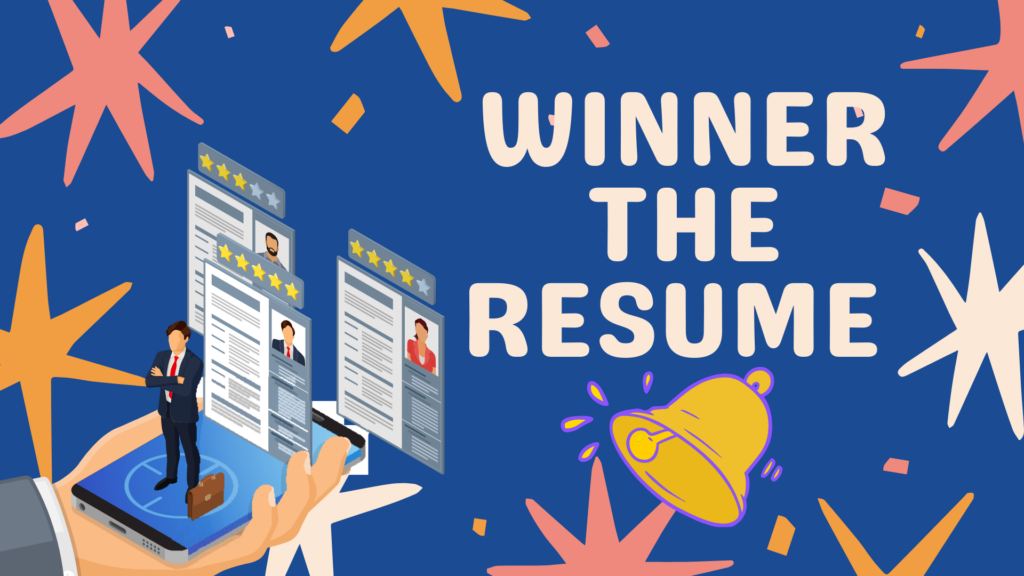
Final Comments:
WINNER – The Resume (but only just)
A harmonious relationship between the Resume and LinkedIn
Whilst the Resume retains its crown as the most popular choice for applying across multiple platforms, LinkedIn has surely made its place known.
So to get the best out of the market, we recommend hybrid. Leverage LinkedIn’s networking and visibility while retaining the targeted focus and control of a well-crafted resume. Don’t see the Resume and LinkedIn as rivals, but rather as complementary tools in your professional arsenal and a harmonious relationship with neither looking to outplace the other, instead, both working together.
Increase Your Profile Views
A Results-Driven LinkedIn Profile Writer for the Australian market
- 98.8% Success rates across all markets
- Drive new profile views
- A personal one-to-one approach
- Increase your job search hit rate
